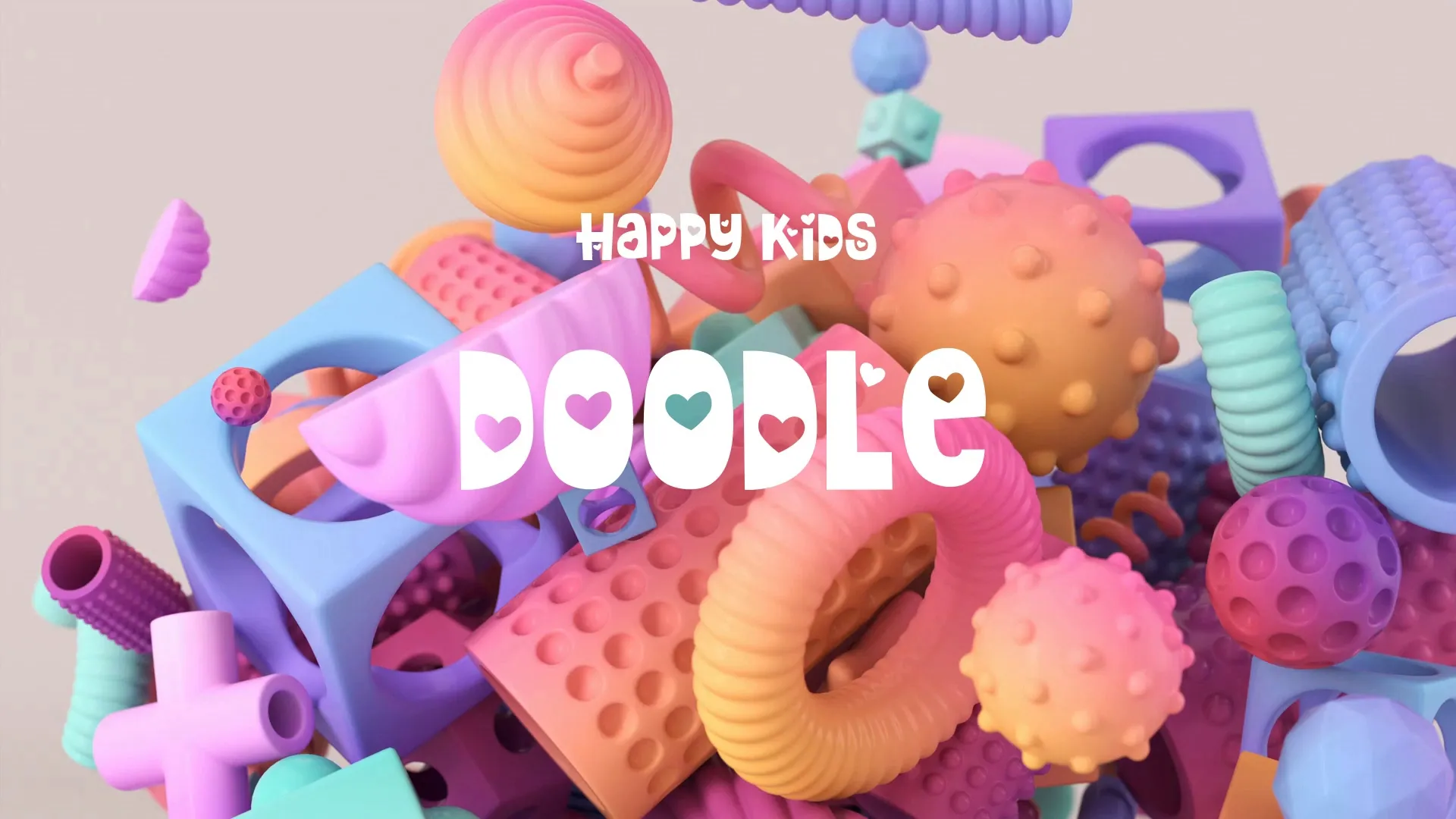Sustainable Game Development: Integrating Self-Care & Efficient Asset Libraries
Game development is a marathon, not a sprint. Many indie developers face burnout due to demanding schedules and the constant pressure to deliver. Sustainable game development requires a balanced approach, integrating personal wellbeing with efficient workflow strategies.
Prioritizing Developer Wellbeing
Maintaining your physical and mental health is crucial for long-term success in game development. Overworking leads to decreased productivity and creative blocks, making self-care non-negotiable.
Set clear boundaries between work and personal life. Define specific working hours and stick to them consistently. Avoid the trap of ‘just one more hour’ that often stretches into late nights, impacting sleep and overall health.
Manage your expectations realistically. Not every feature needs to be perfect on the first iteration; iterative development is key. Celebrate small victories to maintain motivation and prevent feeling overwhelmed by the larger project scope.
Incorporate regular breaks throughout your day. Short walks, stretching, or even a few minutes away from the screen can significantly refresh your focus. For daily reflection and to stay focused, consider using tools like the Wayline Journal.
Delegate tasks or use pre-made assets when possible to reduce your workload. This frees up time for critical design and implementation tasks. Neglecting your personal life, hobbies, and social connections is a common pitfall; actively schedule time for these activities.
Maximizing Efficiency with Asset Libraries
Efficient asset management is a cornerstone of sustainable game development. A well-organized asset library significantly reduces development time and stress.
Curate your asset library proactively. Only acquire assets that directly contribute to your project’s vision and scope. Avoid ‘asset bloat’ where you download excessive assets ‘just in case,’ leading to disorganization and larger project sizes.
Organize assets with a consistent naming convention and folder structure from the start. This makes locating and integrating assets much faster. Categorize assets by type, theme, or project to streamline your workflow and prevent endless searching.
Leverage high-quality asset libraries to fill gaps in your development needs. Platforms like Strafekit offer a wide range of royalty-free assets, from 2D sprites to 3D models and audio. Using pre-made assets for common elements allows you to focus your energy on unique game mechanics and core design.
Ensure compatibility of assets with your chosen game engine and render pipeline. Understanding concepts like different render pipelines, as discussed in Unity: Understanding URP, HDRP, and Built-In Render Pipeline, is essential for seamless integration. Regularly review and clean up your asset library, removing unused or redundant files to maintain efficiency.
Conclusion
Sustainable game development is a deliberate practice that combines personal wellbeing with smart workflow choices. Prioritize your health by setting boundaries and managing expectations, preventing burnout before it starts. Simultaneously, streamline your production by adopting efficient asset library management practices. By integrating self-care and leveraging curated resources, you can maintain consistent progress, deliver quality games, and enjoy the journey without sacrificing your wellbeing. Start implementing these strategies today to build a healthier, more productive development cycle.
Create a free account, or log in.
Gain access to free articles, game development tools, and game assets.























